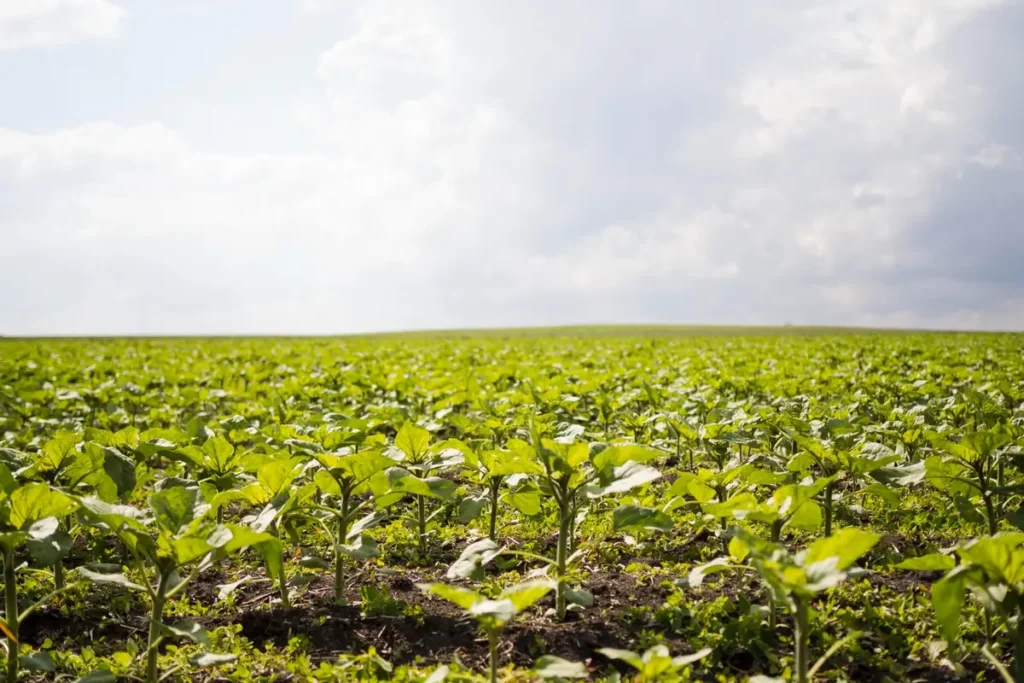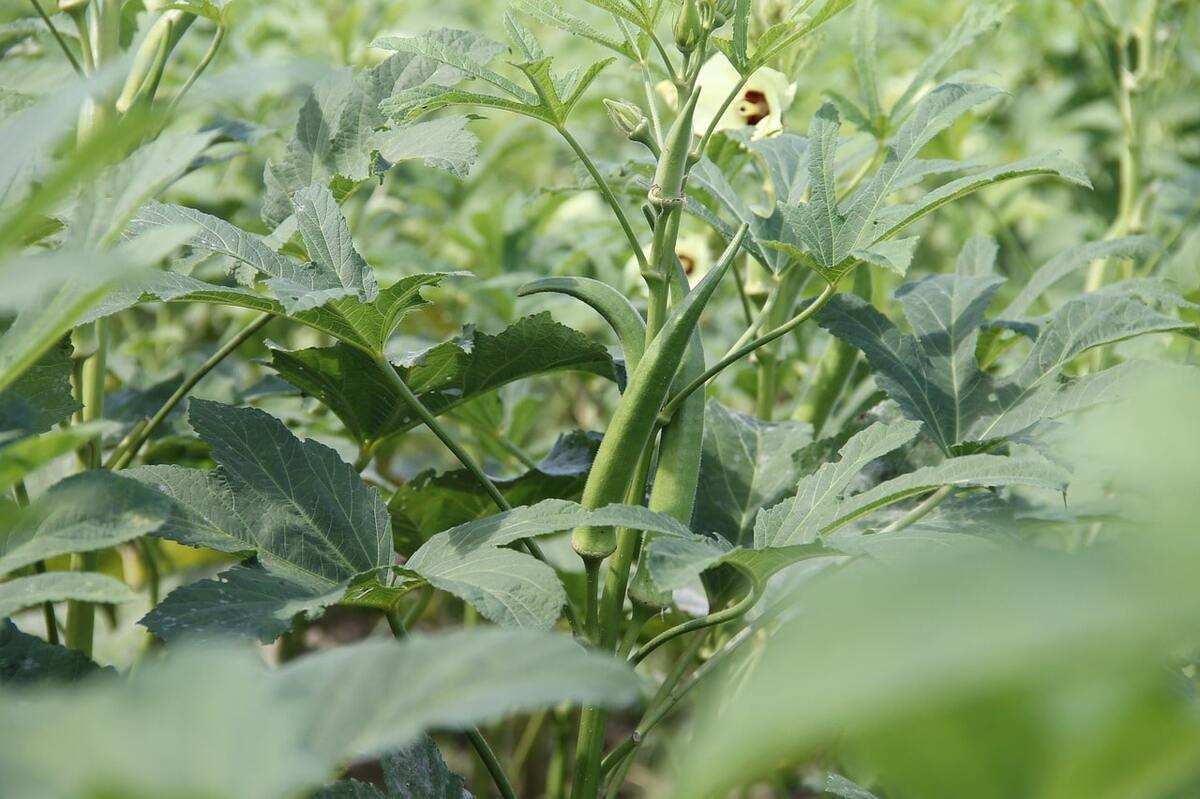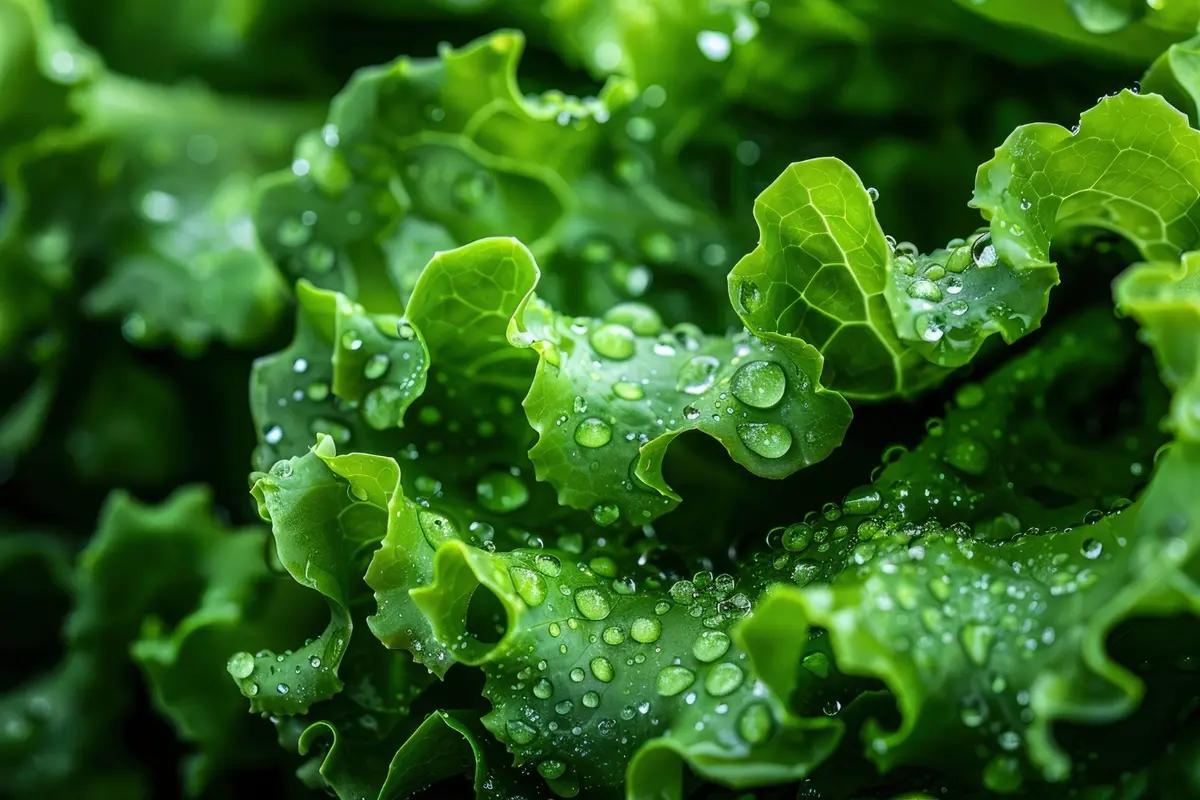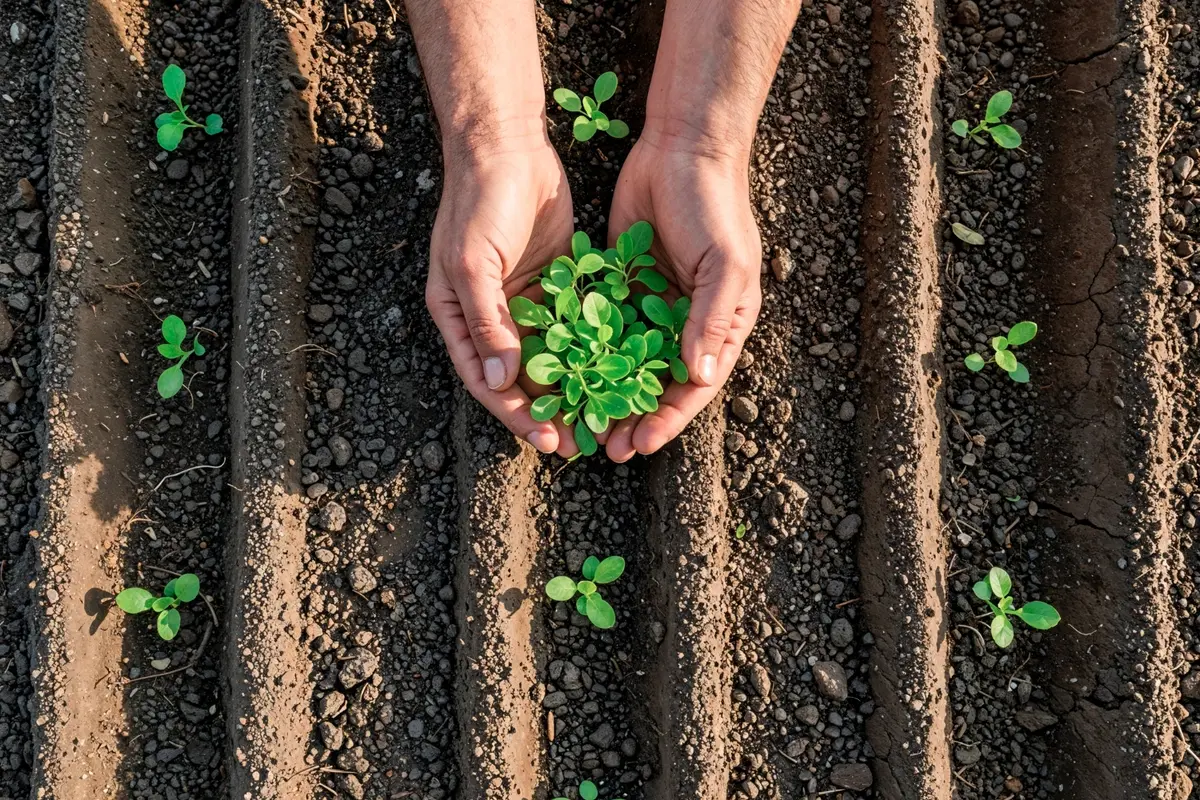Scientific Name: Abelmoschus esculentus
Family: Malvaceae
Common Name: Lady’s Finger, Okra, Bhindi
Lady’s finger or Okra is a popular vegetable that you can easily grow at home in your garden or containers. Lady’s finger is a tropical or subtropical region crop; it grows best in warmer climatic conditions and requires almost 5-7 hours of full exposure to sunlight for better growth. If you are from the coolest regions, then you can start growing lady fingers in the early summer days. This vegetable is rich in vitamins A, C, and K, along with fiber, minerals, and calcium. And it can be cooked and consumed in several ways. In this article, I will tell you how to grow ladyfinger at home easily from sowing to the harvesting stage.
Table of Contents
Propagation Method
Lady’s finger is mainly propagated by seeds.
Growing Season
In a warmer climatic region, it can be grown all year round. Lady’s finger thrives best in warm and moist climates. But formally, early spring to summer, or in the rainy season, ladyfinger is sown. In the cooler region, spring or early summer can be ideal for growing Lady’s finger.
Temperature Requirement
Medium to high temperatures are ideal for growing Lady’s finger. Seed germination to crop growth and fruit development is best at temperatures between 20°C and 35°C. Temperature more or less than that can affect the crop adversely.
Soil Preparation
Well-drained sandy loam soil is ideal for growing Lady’s finger. Add organic manure or compost to increase the nutrient content in the soil. The pH range between neutral to slightly alkaline is ideally suited.
Water Requirement
In the spring and summer seasons, the crop needs watering every 3-4 days. The moisture content of soil must be maintained constantly during the whole growing period. In the rainy season, watering the crop depends on the rains and soil moisture content.
Fertilizer Requirement
Applying organic compost during the growing period is ideal. But at the time of flowering, application of balanced fertilizers can give the best result for the fruit set.
Insect Pests and Diseases
Lady’s finger plants can be affected by different insect pests and diseases. Insects like stem and fruit borers, and diseases like powdery mildew and yellow vein mosaic can affect the plants very badly. So whenever you notice that the crop is getting affected, uproot it or spray the appropriate medicine to check the spread of the disease. Also, you can grow a disease-tolerant variety to ignore the disease attack.
Harvesting
The plants start flowering at the beginning of the second month of planting and become ready to harvest within 40 to 60 days. It takes 8-10 days from flowering to picking fruit. You can use a pair of scissors to harvest the produce carefully once every two days, and the harvesting period can last for up to three months.
Also Read: 10 Popular Winter Season Vegetables to Grow
FAQs
Is lady finger easy to grow?
If you keep every aspect of growing then it’s not difficult to grow Lady’s finger at your home. Like, the crop required 20°C to 35°C temperature for better germination and crop growth. Also, watering timely, applying fertilizers from time to time, and frequently checking the plants for insect pest attacks make it easier.
Which month we can plant lady finger?
For getting the best result Lady’s finger should grow in the Kharif season (June-August) and Zaid season (January-March).
Which fertilizer is best for lady finger?
Despite using chemical fertilizers you can apply organic manure like neem cake and cow manure for better crop growth and yield. Also, you can use balance fertilizers during the flowering period for a better fruit set.
Should you water lady finger every day?
Not like that but the soil must be moist all time for better plant growth. So frequent watering is required as per crop need.
How long does lady finger take to grow?
It almost takes 40 to 60 days from seed sowing to first harvesting. And the harvesting period can continue for the next three months.










